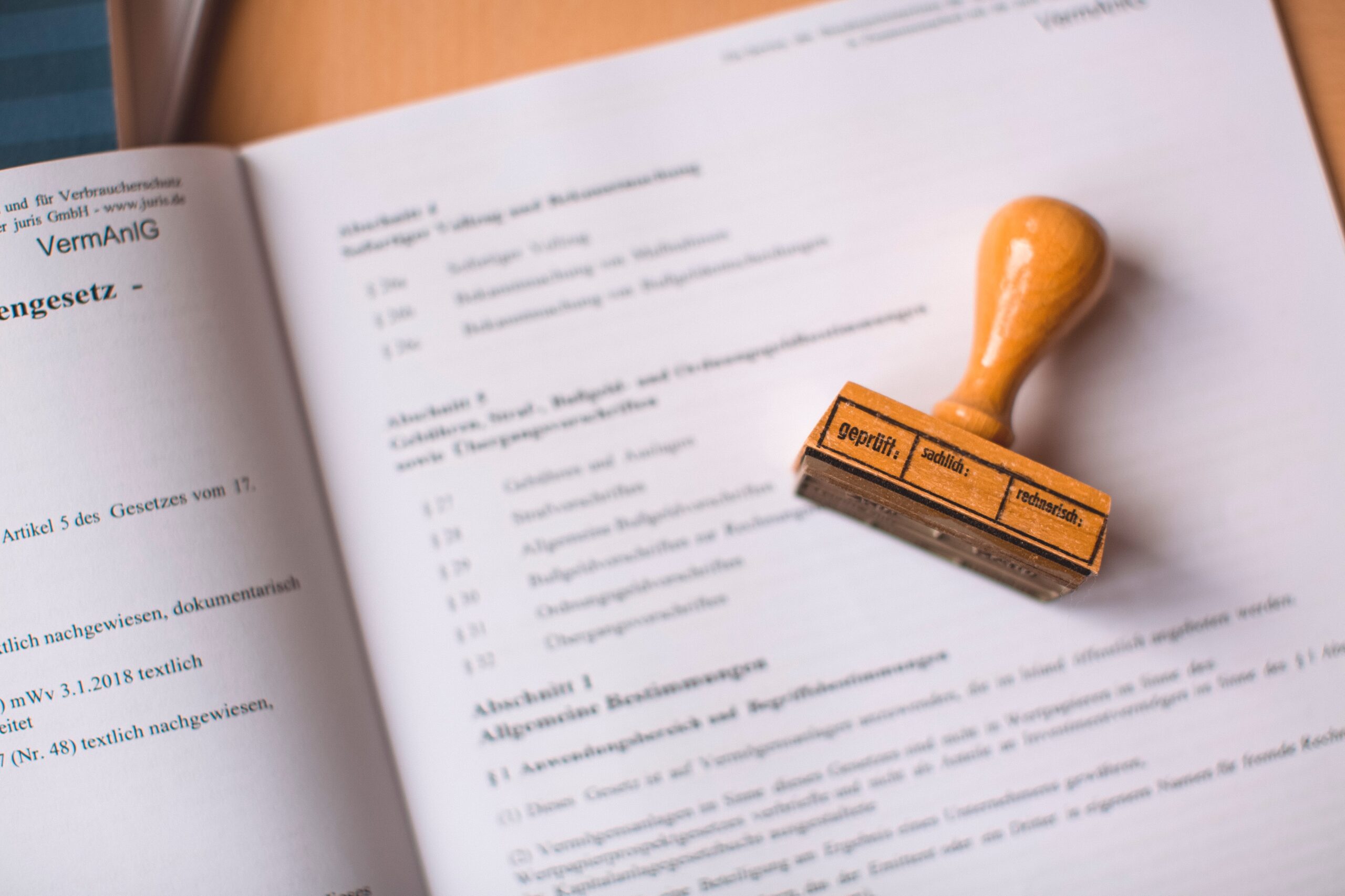Margins for non-sampled producers – An unresolved conundrum

Anand Nandakumar and Dhanya P.K., Associates
The WTO Anti-Dumping Agreement mandates that an investigating authority should calculate individual dumping margins for all cooperative producers/exporters from the subject country. However, in investigations where there are a large number of cooperative producers/exporters, calculating individual dumping margins for each of them may not be feasible. In such exceptional situations, the investigating authority may restrict their examination to a limited number of producers for whom individual dumping margins will be calculated. This process is called “sampling”. The sample should either be statistically valid or include the producers/exporters having the largest percentage of export volumes from the subject country which can be reasonably investigated by an authority.
Where an authority resorts to sampling, three categories of dumping margins are required to be calculated by the investigating authority:
- individual dumping margins for each of the sampled producers/exporters (referred to as the “sampled category”) – the margins and quantum of duty for these producers is based on their own information
- a single dumping margin for all non-cooperative or nonparticipating producers/exporters (referred to as the “residual category”) – the margin and duty quantum for these producers is based on facts available and is generally higher than the duty levied on cooperative producers
- a single dumping margin for all cooperative producers / exporters, that were not considered as part of the sample by the authority (referred to as the “non-sampled category”) – the present article deals with the determination of dumping margin for this category.
As per the WTO Agreement, dumping margin for non-sampled category shall not exceed the weighted average of dumping margins calculated for the sampled category. However, in calculation of the weighted average margin, the investigating authority has to exclude:
a. Margins below 2% (referred to as “de-minimis margins”) and
b. Margins calculated based on facts available i.e., best verifiable information available with the investigating authority. The authority may determine the dumping margin based on facts available where the concerned producer / exporter does not cooperate fully with the authority, or the authority is unable to verify certain information.
For instance, assuming an authority selects a sample of 5 producers, out of 20 cooperative producers. Of these, the dumping margin for one producer is below 2%, and the dumping margin for another producer is determined based on facts available. In such a case, the dumping margin for the 15 non-sampled cooperative producers would be based on the weighted average margin of the 3 remaining producers only.
However, an issue may arise where the dumping margins for all 5 producers in such a case is below 2% or are determined based on facts available. The WTO Agreement is silent on the methodology to be followed by an investigating authority in such cases, when all the individual dumping margins calculated for the sampled producers/exporters fall within these excluded categories.
Decisions of the WTO Panel and Appellate Body
This issue came up in United States – Laws, Regulations and Methodology for calculating Dumping Margin (Zeroing), wherein the Appellate Body observed that the WTO Agreement does not prescribe any methodology for the determination of dumping margin for the non-sampled category. Instead, it only imposes a ceiling limit, as it prescribes that the dumping margin shall ordinarily not exceed weighted average of the dumping margins for the sampled producers/ exporters. The Agreement also requires an investigating authority to exclude margins below de minimis, and margins calculated based on facts available in calculating this ceiling limit. The Appellate Body recognized the lacuna in the Agreement when the margins of all the sampled companies have to be excluded. The Appellate Body also stated that this lacuna should neither be interpreted as lack of any obligation nor cause prejudice to the non-sampled companies. However, the Appellate Body did not suggest how the dumping margin can be calculated in such situations.
In Australia, the margins for the non-sampled category is calculated by comparing the weighted average normal value and the weighted average export price of the sampled category. The law provides that in such a determination, the following should be taken into consideration:
a. The export price of non-sampled category should not be less than the weighted average of the export prices of the sampled category.
b. The normal value of the non-sampled category should not exceed the weighted average normal value of the sampled category.
c. Export price and normal value of producers/exporters found to be not dumping or having margins less than 2% must be excluded. Therefore, India, the European Union and Australia face the same limitations as under the WTO Agreement. According to the law of the United States of America, the margins for the non-sampled category cannot exceed the weighted average dumping margin of the sampled category after excluding de-minimis margins or margins based on facts available. However, in case where all margins of the sampled category are below de-minimis or margins based on facts available, the Authority may adopt a reasonable method to calculate the margins for non-sampled category, including averaging of these individual margins.
You May Also Like

Benefit under Advance Authorization : Key Change in US Position

Availability of Import Data: Balancing Confidentiality of Proprietary Information & the Legitimate Requirements of Parties

Saudi Arabia’s Trade Remedial Law- A step forward.


